The mood changes in bipolar disorder go from extreme happiness to immense sadness, with normal moods amidst the rollercoaster of feelings. While these emotions are complete opposites, they unite as one individual experiences them.
What Is Bipolar Disorder?
Everyone experiences ups and downs in life, but bipolar disorder is more than having mood swings. The Diagnostics and Statistical Manual of Mental Health Disorders (DSM-5) describes bipolar disorder as a group of brain disorders that cause extreme fluctuation in a person’s mood, energy, and ability to function. Read that again if you need to: the ability tofunction.
It can be particularly frustrating for individuals who live with bipolar disorder and the inevitable and unpredictable symptoms and mood changes, especially when they invade your daily routine. Although symptoms come and go, bipolar disorder requires continuous treatment to manage the condition.
Symptoms of Bipolar Disorder
The symptoms of bipolar disorder vary where the individual experiences manic episodes, depressive episodes, or a mixture of both. The mood swings cause symptoms that can last a week or longer, all day or most of the day. The intense mood episodes occur along with changes in behavior, energy levels, or activity levels that are different from how the person usually acts. The symptoms can be categorized according to either manic or depressive symptoms.
Manic Episode Symptoms:
- Feeling very excited, irritable, or touchy
- Feeling jumpy or wired
- Decreased need for sleep
- Loss of appetite
- Talking fast about different things
- Feeling like thoughts are racing
- Thinking they can do many things at once
- Doing risky things that show poor judgment, such as eating and drinking excessively, spending or giving away much money, or having reckless sex
- Feeling very important, talented, or powerful
Depressive Episode Symptoms:
- Feeling very sad, empty, worried, or hopeless
- Feelings slowed down or restless
- Trouble falling asleep, waking up too early, or sleeping too much
- Increase in appetite and weight gain
- Talking very slowly, feeling like there is nothing to say, or forgetting a lot
- Trouble concentrating or making decisions
- Unable to do simple things
- Little interest in many activities, decreased or absent sex drive, or inability to feel pleasure
- Feeling hopeless, worthless, or thinking about death or suicide
Types of Bipolar Disorder
There are three types of bipolar disorder. Each type involves apparent changes in mood, energy, and activity levels.
Bipolar I Disorder
Bipolar I disorder is defined by manic episodes that last a minimum of seven days or that are so severe that the individual requires urgent medical care. Depressive episodes also occur, typically lasting at least two weeks. It is also possible to experience depressive and manic symptoms simultaneously.
Bipolar II Disorder
Bipolar II disorder is defined by a pattern of depressive episodes and less severe manic periods, also known as hypomanic episodes.
Cyclothymic Disorder
Cyclothymic disorder, also known as cyclothymia, is defined by periods of less severe manic symptoms and periods of depressive symptoms lasting at least two years. However, the symptoms do not meet the diagnostic conditions for hypomanic and depressive episodes.
How Is Bipolar Disorder Treated?
For individuals who struggle with bipolar disorder, depressive episodes will alternate with manic episodes unless treatment services are received.
Treatment centers like the Crownview Co-Occurring Institute offer intensive treatment programs to help individuals struggling with bipolar disorder manage symptoms and learn healthy coping skills for stress and mood changes.
The following are types of treatment methods used for bipolar disorder:
- Medications: Some medications can help control the symptoms of bipolar disorder. Individuals may need to try several different medicines before finding the best one that suits them. The most common drugs that doctors prescribe include mood stabilizers and atypical antipsychotics. Mood stabilizers such as lithium, valproate, lamotrigine, or carbamazepine can help counteract mood episodes or decrease their severity. Lithium also reduces the risk of suicide. Supplementary medications for sleep or anxiety can be used and added to mood stabilizers as part of a treatment plan.
- Psychotherapy: Psychotherapy is an effective treatment technique that helps individuals identify and change distressing emotions, thoughts, and behaviors. Psychotherapy offers support, skills, and strategies to individuals with bipolar disorder and their families.
Living With Bipolar Disorder
Living with bipolar disorder can be challenging, but there are ways to help make it easier for yourself, a friend, or a loved one.
- Treatment is the best way to start feeling better
- Commit to medical and counseling appointments
- Take all medications correctly
- Keep a routine for eating and sleeping and get enough sleep and exercise
- Learn to acknowledge mood swings
- Ask for help when needed
- Be patient. Improvement takes time
Remember, bipolar disorder is a lifelong condition, but long-term, ongoing treatment can help manage symptoms to live a healthy life.
Living with bipolar disorder can be challenging, but it doesn’t mean individuals can’t manage their symptoms given the resources and support. If you or a loved one are ready to begin your journey to an improved mindset, we want to help. Crownview Co-Occurring Institute in Oceanside, CA, offers psychiatric treatment for mental health and co-occurring disorders. CCI believes that establishing trust between client and counselor is the firm foundation of recovery and an incentive for transformation. We value the individualized approach to assure each client receives the quality care they deserve. Let CCI support you from crisis to independence with a healing environment full of compassionate professionals ready to help. Call 760-231-1170 today to learn about our treatment programs. If you do not live in the California area, you can find helpful information about treatment facilities that provide specialty care using SAMHSA’s Early Serious Mental Illness Treatment Locator.[/vc_column_text][/vc_column][/vc_row][vc_row][vc_column width=”1/1″][uncode_block id=”84922″][/vc_column][/vc_row]

 Kimberly Gilkey, RADT-1
Kimberly Gilkey, RADT-1 Timothy Wieland
Timothy Wieland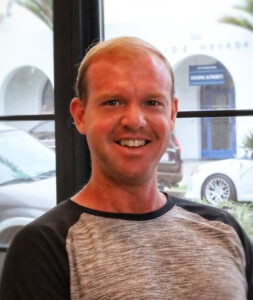 David Abram
David Abram Mark Melden, DO/DABPN
Mark Melden, DO/DABPN Jeffrey Klein
Jeffrey Klein Nathan Kuemmerle, MD
Nathan Kuemmerle, MD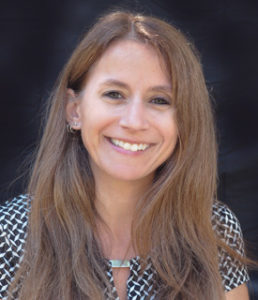 Laura Hopper, Ph.D.
Laura Hopper, Ph.D. Rebecca McKnight, PsyD
Rebecca McKnight, PsyD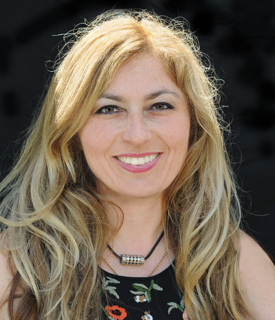 Milena Dun, PhD
Milena Dun, PhD Brieana Turner, MA, LMFT
Brieana Turner, MA, LMFT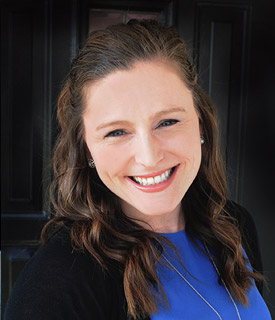 Brittany Perkins, MA, LMFT
Brittany Perkins, MA, LMFT Joanne Talbot-Miller, M.A., LMFT
Joanne Talbot-Miller, M.A., LMFT Alexis Weintraub, PsyD
Alexis Weintraub, PsyD Kathleen McCarrick, MSW, LSW
Kathleen McCarrick, MSW, LSW Christina Lam, N.P.
Christina Lam, N.P.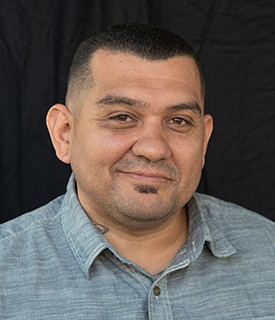 John P. Flores, SUDCC-IV-CS, CADC II
John P. Flores, SUDCC-IV-CS, CADC II David Dalton, Facility Operations Director
David Dalton, Facility Operations Director Amy Thompson
Amy Thompson Kelly Schwarzer
Kelly Schwarzer Jovanna Wiggins
Jovanna Wiggins Alexandria Avalos, MSW, ACSW
Alexandria Avalos, MSW, ACSW Michelle Ertel
Michelle Ertel Emily Skillings
Emily Skillings Amanda Irrgang, Registered Dietitian Nutritionist (RDN)
Amanda Irrgang, Registered Dietitian Nutritionist (RDN) Gianna Melendez
Gianna Melendez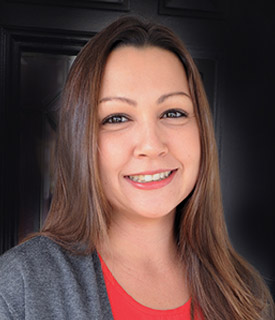 Jodie Dahl, CpHT
Jodie Dahl, CpHT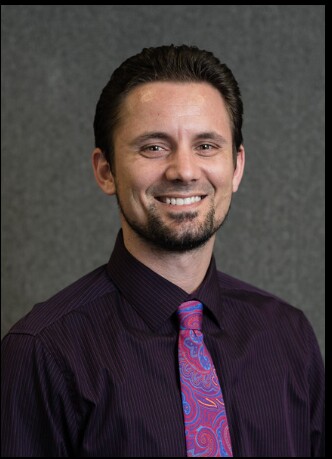 Jordan Granata, PsyD
Jordan Granata, PsyD